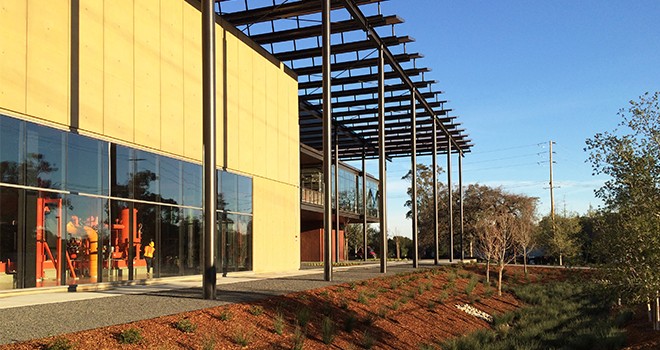
Stanford Updates Its Energy and Climate Plan
In October 2009 Stanford released a comprehensive and long-range Energy and Climate Plan aimed at raising the bar for energy efficiency and the use of innovative, clean, and renewable energy supplies on campus. The plan includes high efficiency standards for new buildings; continued efficiency improvements for existing buildings; and the cutting-edge energy supply system known as the Stanford Energy System Innovations (SESI) project, to which the Board of Trustees gave concept approval in December 2011.
With much of the implementation of the SESI project completed, it was time to update Stanford’s Energy and Climate Plan. The updated plan includes the following:
- The latest events in the global, national, and state climate policy arenas, which provide context for Stanford’s climate actions
- Updated energy efficiency standards for new buildings
- New and ongoing energy efficiency programs for existing buildings, along with energy savings achieved to date
- A report on implementation of SESI, including construction of the new Central Energy Facility, conversion of steam to hot water, and procurement of electricity from renewable sources
- A vision for full energy sustainability in the future
The plan has put Stanford on a path to outperform all state, national, and global greenhouse gas reduction targets, making the university a global leader in confronting climate change.
